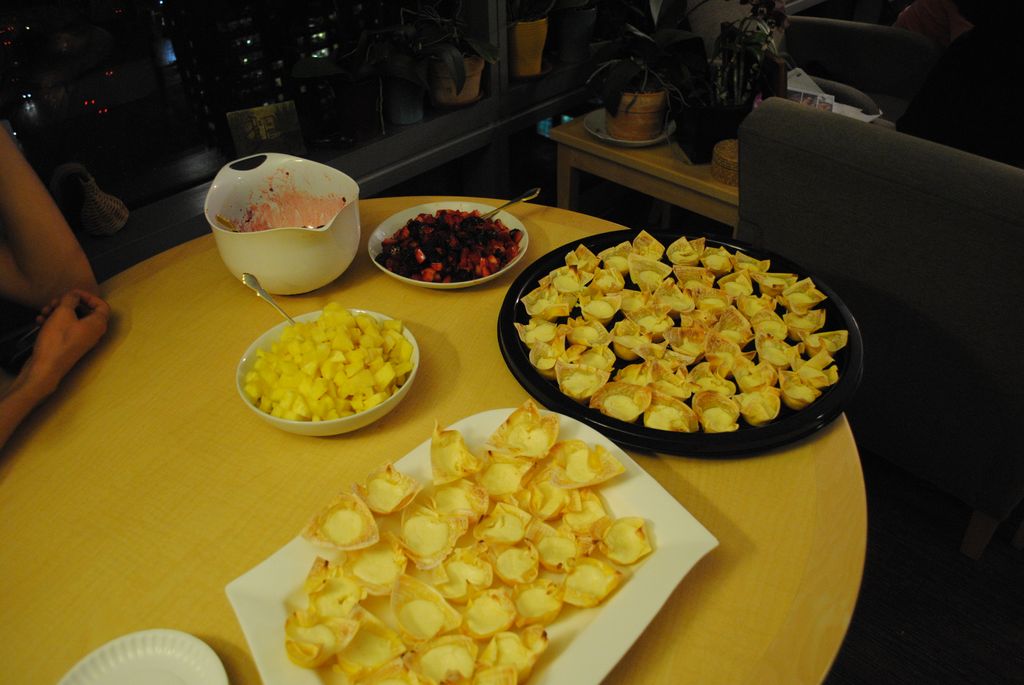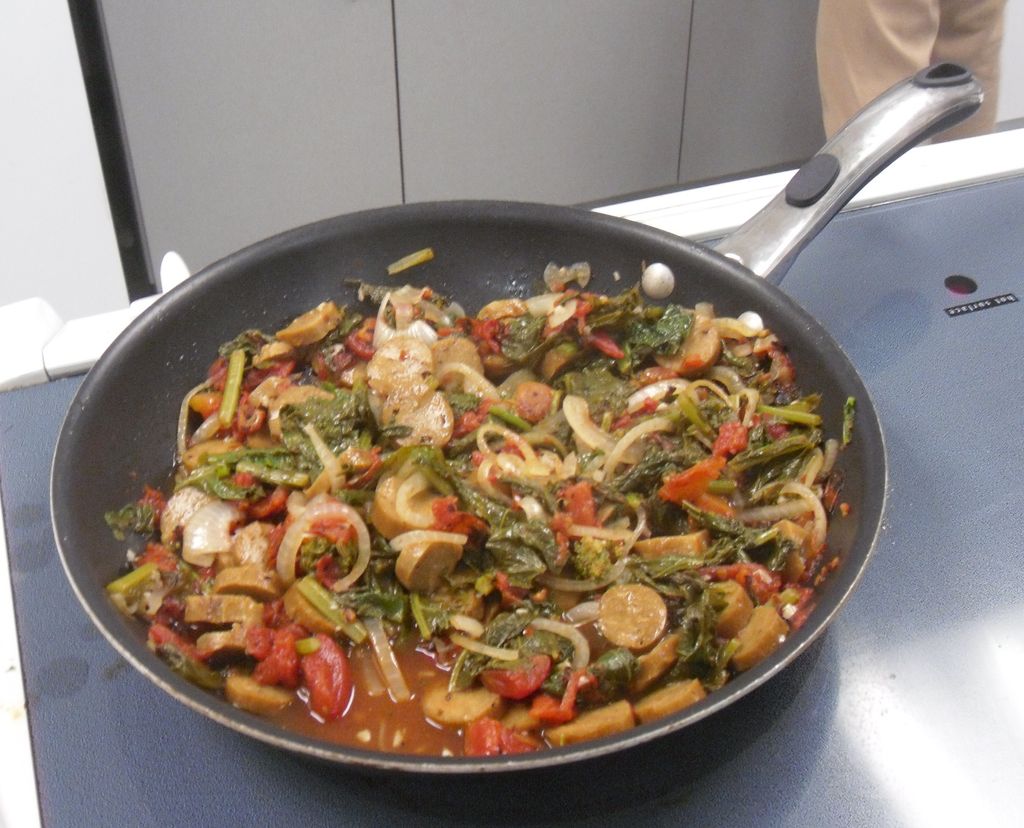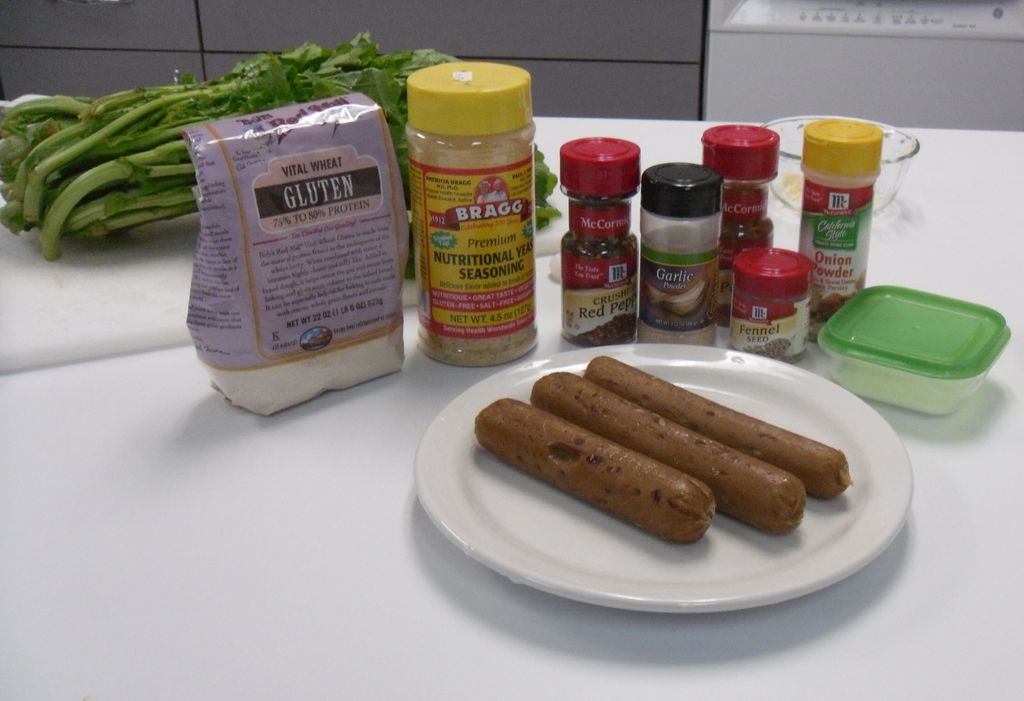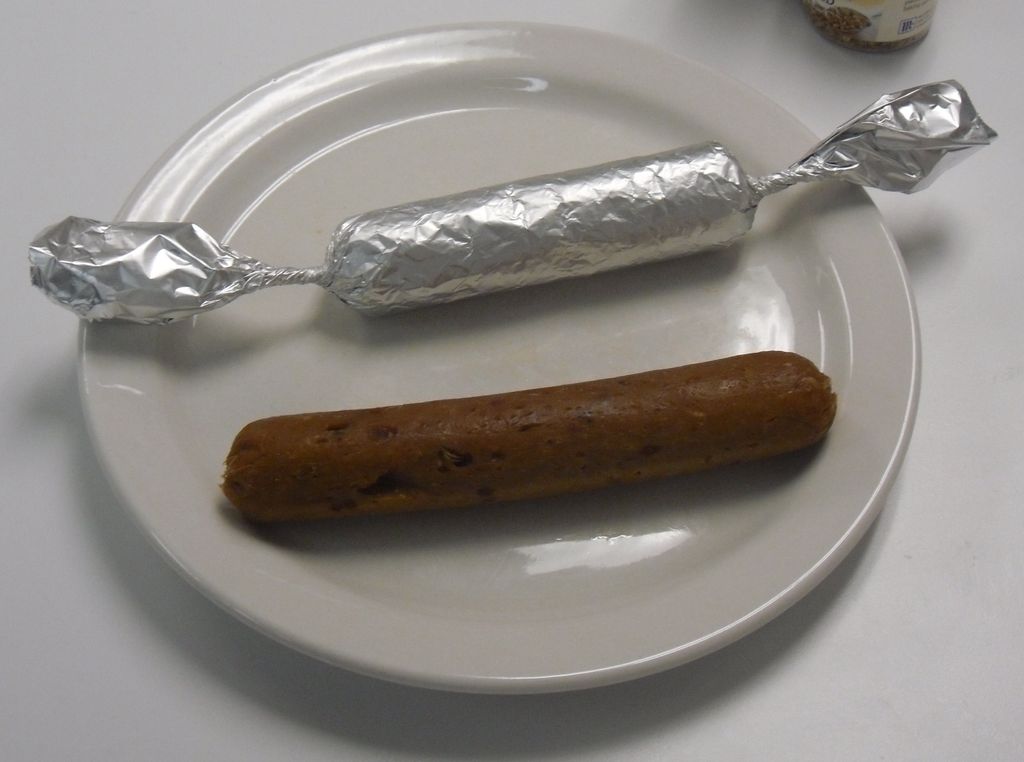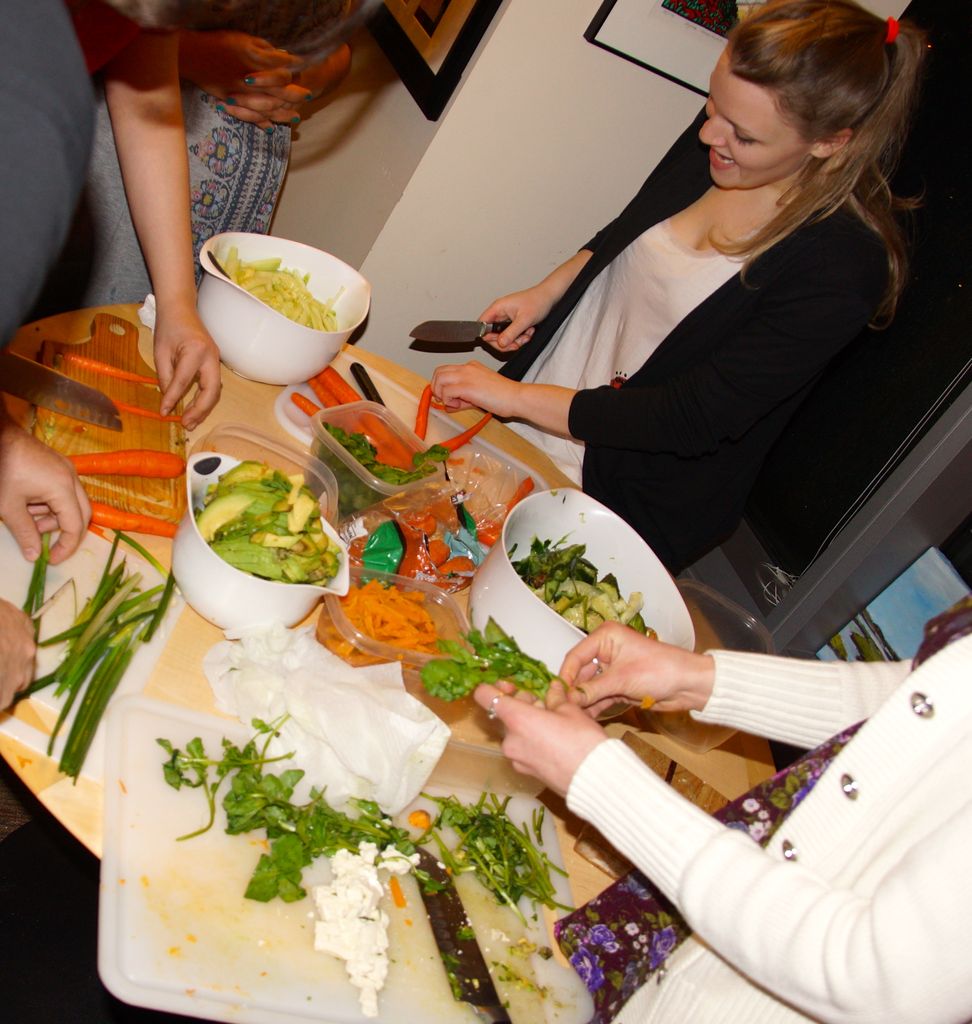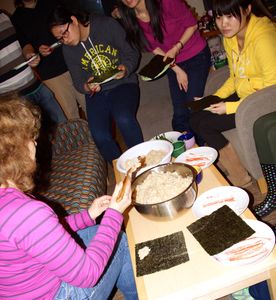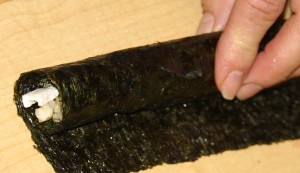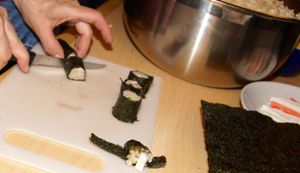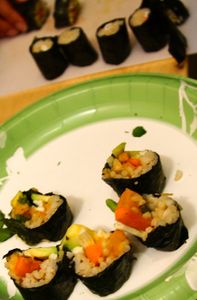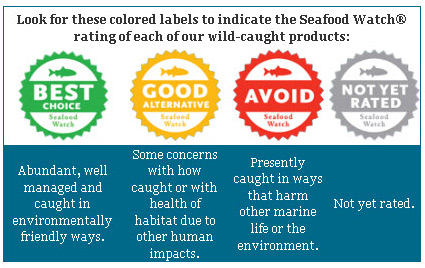Every Wednesday Karen Jacobs EdD, OTR/L, CPE, FAOTA hosts the Sargent Choice Test Kitchen in StuVi 2 Apt. 2302 from 8-11pm. She kindly welcomes the BU community to make and test new Sargent Choice recipes while we eat, talk and play games like Apples to Apples or Bananagrams.
Everyone loves desserts. While some people’s sweet tooths may be stronger than others, I can’t say I’ve ever met someone who honestly does not like dessert. With this in mind, and the idea that healthy eating should always include foods that make you happy, the Sargent Choice Test Kitchen set out to make mini berry cheesecakes. This was a Meal Makeover Mom’s recipe and was well received by everyone in the test kitchen (and the StuVi 2 security guards!)
Cheesecake is typically loaded with saturated fat from the cream cheese and the butter in the crust. This recipe cuts down on those unhealthy fats by using reduced fat cream cheese for the filling and adding some fat free vanilla Greek yogurt. This Greek yogurt is delicious and helps to thicken the filling while adding a little tang and some vanilla flavor. Another way this recipe shakes things up is by using wonton wrappers in place of the traditional graham cracker crust! These wonton wrappers are the perfect base for the cheesecakes: they crisp up when they’re in the oven and the chewy texture provides a nice contrast from the smooth filling. While not whole grain, and therefore not meeting all of Sargent Choice’s criteria, these wonton wrappers do save you fat and calories compared to traditional crust. We feel that they are a good example of enjoying foods in moderation.
The recipe calls for berries to top off these cute cakes, but you can substitute with other fruits to your liking. We happened to have a ripe pineapple on hand, so we cut that up and topped some of the cheesecakes with it for a tropical twist. Some other great topping ideas suggested by the Meal Makeover Moms were sliced almonds, shredded coconut, and maple syrup. We laid out maple syrup, some cut up frozen berries and cubed pineapple in a cheesecake assembly line. These made for delicious variety as everyone could add whatever they wanted to their own mini cheesecake. Everyone in the test kitchen raved over these. I would consider this a win for healthy desserts. Check out the recipe over at Meal Makeover Moms!

